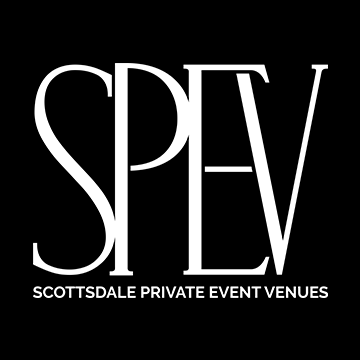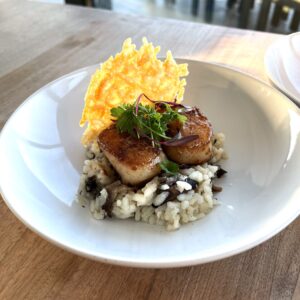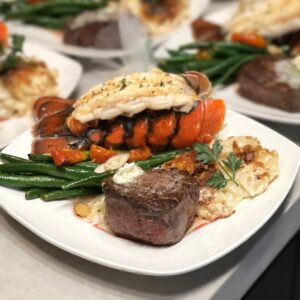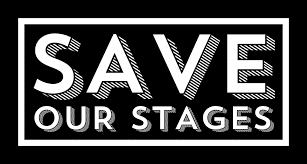Business is not just conducted in the office…quite often it takes place over a dinner table in a restaurant or hotel. Whether dining with clients or co-workers, it behooves event professionals to bone up on their dining etiquette.
Which is the salad fork? Should you order the pasta? What about alcohol? To avoid a faux pas, Lindsay Kolowich has compiled a comprehensive list of dining etiquette tips that will help you make a positive impression at your next business function. Here are some of the highlights:
Prior to Meeting
Have a snack. You don’t want to be so ravenous that you can’t concentrate on the conversation.
Disable your phone’s ringer and vibrator, and do not take it out during the meal.
Arrive promptly. It is better to be early than late. If your host is late, wait at least 15 minutes before calling them.
The Meet Up
Greet everyone professionally. Say hello to those you know, shaking hands and maintaining eye contact. Introduce yourself to those you don’t know, and try to remember their names.
Stash your gear. Don’t put your purse, sunglasses or cell phone on the table; discreetly store all belongings on the floor or behind your back on the chair. If you have a coat, hang it up or neatly drape it over the back of your chair.
Remain standing until the host takes a seat. If there is no host, wait until the oldest person sits down.
Lay your napkin in your lap. Do not tuck it in your shirt. If you leave the table to visit the restroom, place the napkin on your chair rather than on the table.
Acknowledge your place settings. Your bread plate is on your left; glassware is on your right. Utensils are set in their order of use; start from the outside and work inwards. The salad fork is smaller than the meal fork.
Ordering
Limit alcohol consumption. If the host suggests a drink, it is appropriate to imbibe; however drink it slowly and have just one. Good non-alcoholic alternatives include club soda and iced tea.
When ordering, follow the lead of the host. If he or she does not choose an appetizer, don’t order one. Avoid complicating your order by requesting substitutions, and don’t select the most expensive item on the menu.
Stay away from sloppy foods such as spaghetti or lobster, as well as items that can get stuck in your teeth (such as things with seeds.) Better choices include chicken, fish or salad.
Dining Tips
When pouring water from a pitcher, fill the glasses of your neighbors first.
Bread and butter. If there is a bread basket, help yourself and then pass it to the right. If it comes in a loaf, tear off a piece by hand rather than using a knife. When eating, separate it into bite-sized chunks. Use your butter knife to select some butter from the communal dish, and smear it on the side of your bread plate.
Wait before digging in. Make sure all guests have been served and your host starts eating before you begin.
Correctly hold utensils. Cultures vary with this. European/Continental style dictates that you hold the food down with your fork in your left hand and cut it with the knife in your right hand. Keeping the fork in your left hand, bring the food to your mouth so the back of the fork faces upward. American style has you cutting the food the same way, but placing the knife down on the edge of the plate, and transferring the fork to your right and turning it so the tines face upwards before taking a mouthful. With either style, never lean the handles of the utensils on the table. Make sure they fully rest on your plate. When eating with chopsticks, avoid spearing the food or using the chopsticks as pointers.
More on utensils. If you leave the table but are not yet finished eating, indicate this to the server by correctly resting your utensils. European/Continental style has you placing the knife turned inward and fork with tines down, crossing the knife in an “x” position. In the American style, place the knife on the right hand edge of the plate with the blade turned inward and the fork tines up. Rest chopsticks in a chopstick holder or side-by-side on top of your bowl instead of sticking them into the food.
Eating etiquette. Don’t cool down hot food by blowing on it. Spoon shared sauces on your plate. Don’t salt your food before tasting it. Cut the food one piece at a time, instead of all at once. Consume soup from the edge of the spoon instead of putting the whole spoon in your mouth. Although slurping is considered rude in America, it is an acceptable practice in Japan*, where you can also tilt the soup bowl and drink from it.
Quantity. Don’t overeat or volunteer to finish someone else’s food. Also, don’t leave your food untouched; that may communicate that you disliked your meal. Eat at the same pace of the other diners.
Conclusion
Finishing up. Indicate you are done by properly retiring your utensils. In the European/Continental style, place the fork (tines down) and knife side-by-side on your plate. In the American style, place the fork tines up.
Offer to pay, even if you know the host will take care of it. Do not argue or request to cover the tip.
Thank the host, and follow up with an email or handwritten note.
* In some regions of the world, etiquette differs. When dining in a foreign country or with guests from another nation, investigate the particular etiquette traditions in advance.




















